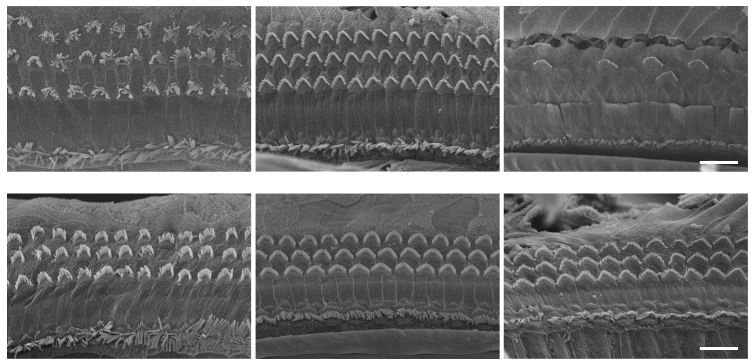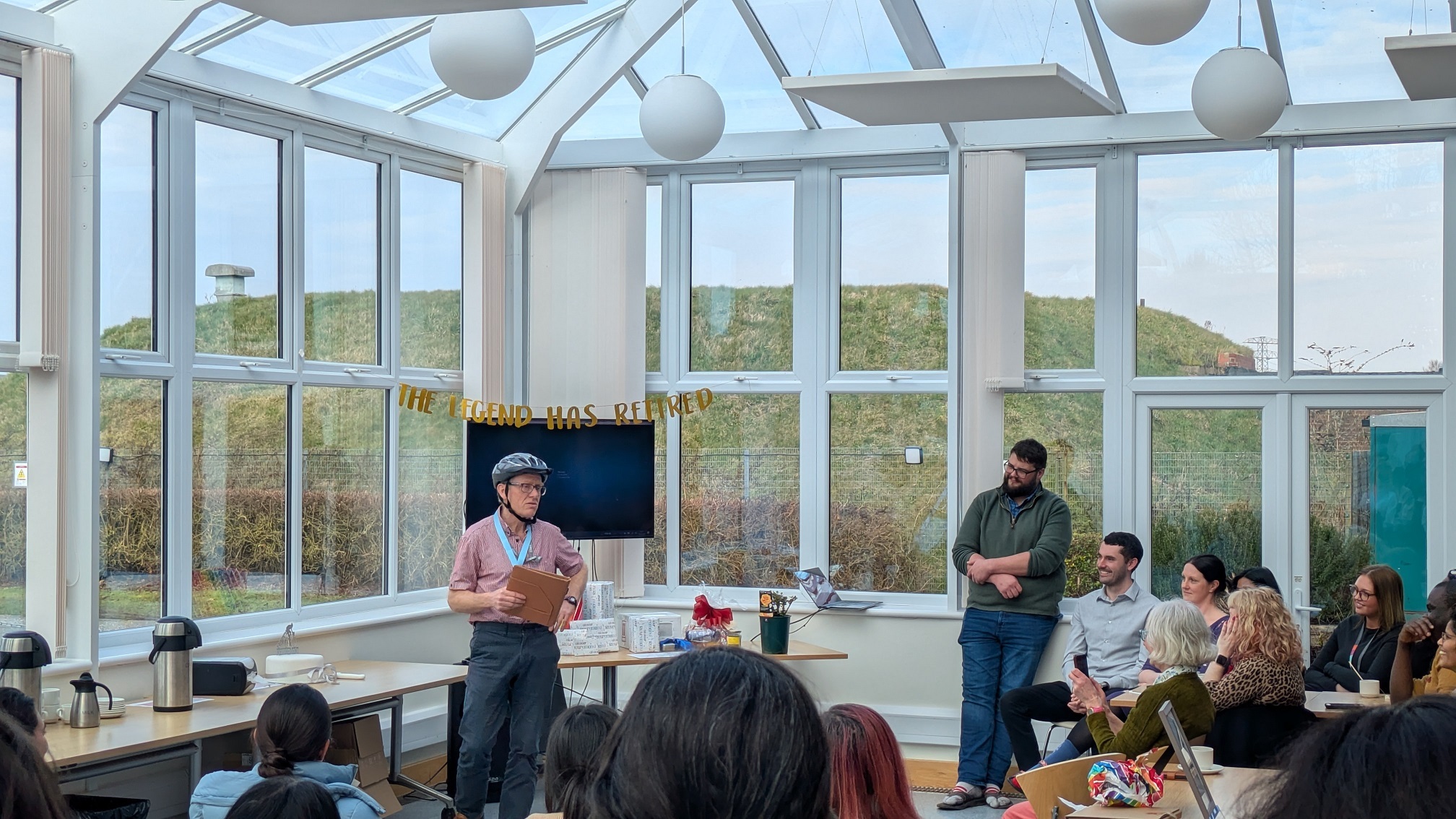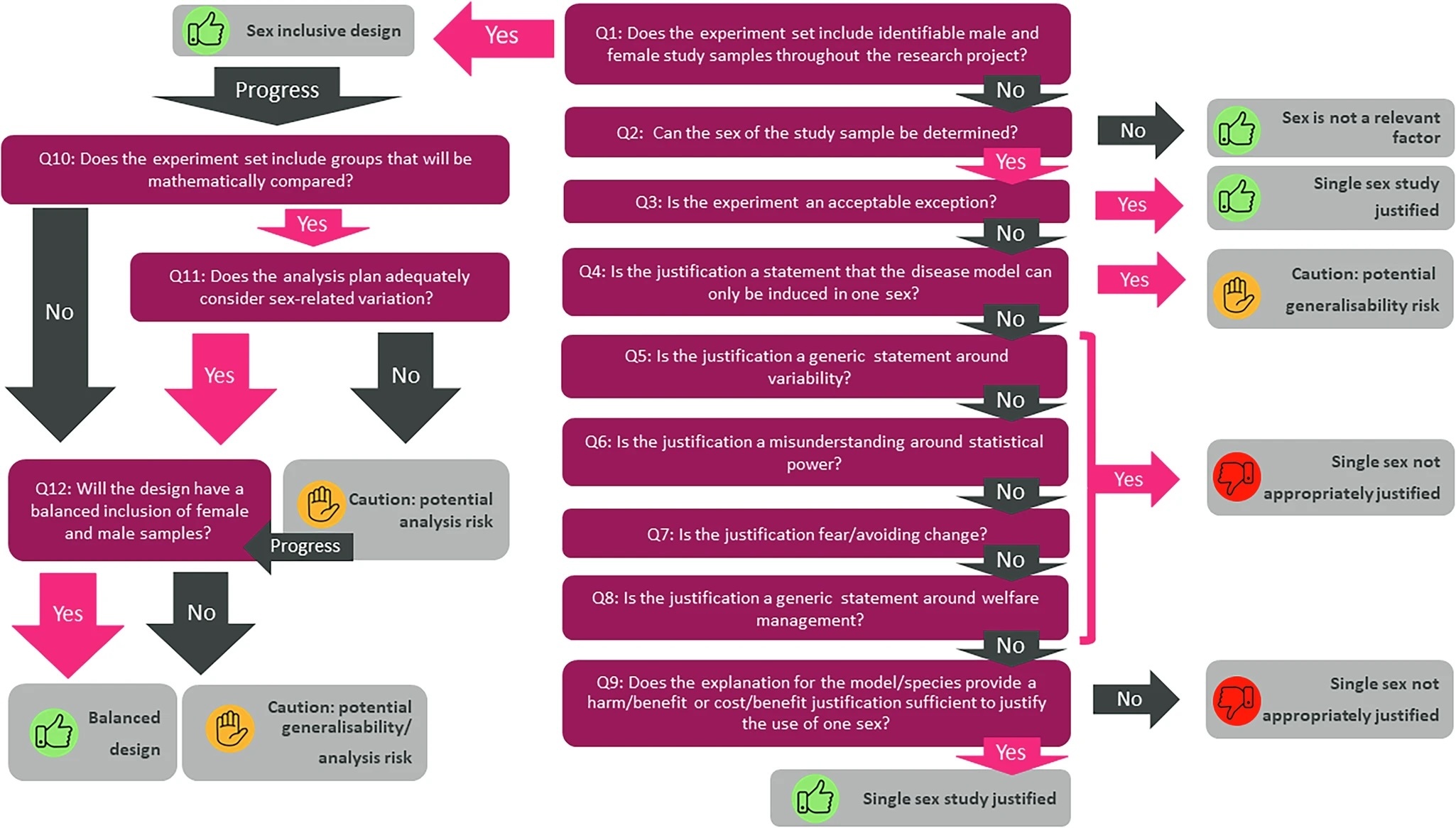New research from MRC Harwell has used the exciting CRISPR-Cas9 technology to repair a mutation known to be involved with progressive age-related hearing loss.
New research from MRC Harwell has used the exciting CRISPR-Cas9 technology to repair a mutation known to be involved with progressive age-related hearing loss The International Mouse Phenotyping Consortium (IMPC) is working to decipher the functions of every gene in the mouse genome, by removing one gene at a time and observing what happens to the mice born without that gene. The idea is that if we see an abnormality in those mice then we can deduce that the gene which is missing is linked to the abnormality, or “phenotype”. Research on mice around the world is usually carried out using a number of specific “strains”. These strains are mice that have been inbred for many generations creating a very defined set of genes. However, some of the commonly used strains carry mutations which developed at random, so-called spontaneous mutations. Because all mice belonging to each strain are only bred with other mice from the same strain, all mice in that strain will carry the same mutation. A common mutation is the ahl (age-related hearing loss) mutation in a gene called Cadherin23, or Cdh23. The ahl mutation causes mice to progressively lose their hearing as they get older, like humans who suffer from age-related hearing loss. The ahl mutation is found in several inbred mouse strains, including the C57BL/6NTac strain used for the IMPC at MRC Harwell. When our mouse strain carries a mutation such as ahl, this can cause problems deciphering the function of genes. If we remove a gene and notice that our mouse has problems with its hearing, it is difficult to assess whether it is due to the gene we have removed or because of the ahl mutation that mouse strain already carried. Now, a new study from MRC Harwell published in Genome Medicine on 15th February 2016 has used the CRISPR-Cas9 gene editing technique to ‘repair’ the Cadherin23 ahl mutation in our C57BL/6NTac mouse strain. The ahl mutation is a single nucleotide polymorphism in the Cadherin23 gene. This means that, of the over ten thousand DNA bases that make up Cdh23, just one base has changed: an adenine (A) replaces a guanine (G). This single change has huge repercussions for the protein produced by the Cdh23 gene, resulting in a section of the protein being missing, and predisposing mice carrying the mutation to age-related hearing loss as the hair cells in their ears degenerate as they get older. The team at MRC Harwell used the CRISPR-Cas9 gene editing technique to ‘repair’ this mutation. The CRISPR-Cas9 system was originally identified in bacteria as part of their immune system. This technique allows scientists to precisely snip out a section of DNA and replace it with another of their choosing: the team at MRC Harwell were thus able to replace the incorrect DNA base in the ahl mutation with the correct base, in single-cell mouse embryos. The adult mice resulting from these embryos carried a ‘repaired’ Cdh23 gene and, importantly, they did not suffer from the same progressive hearing loss as the animals that carry the ahl mutation. This research is important for several reasons. Primarily, the strains generated by IMPC can now be bred with the mice with a ‘repaired’ Cdh23 gene, meaning the IMPC gene mutations can be used to characterise deafness phenotypes in the future. Mouse studies such as this one also demonstrate a great potential for the use of CRISPR-Cas9 to repair genetic mutations in mice and other organisms.



